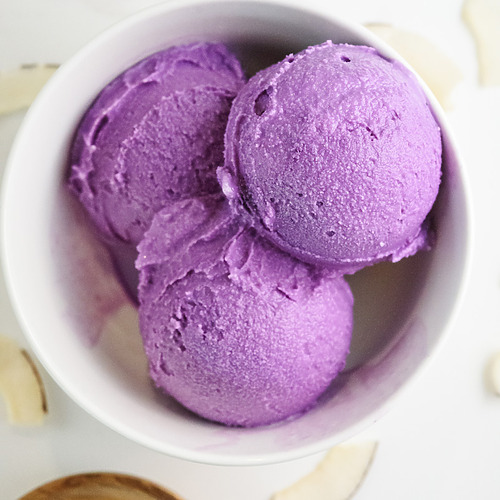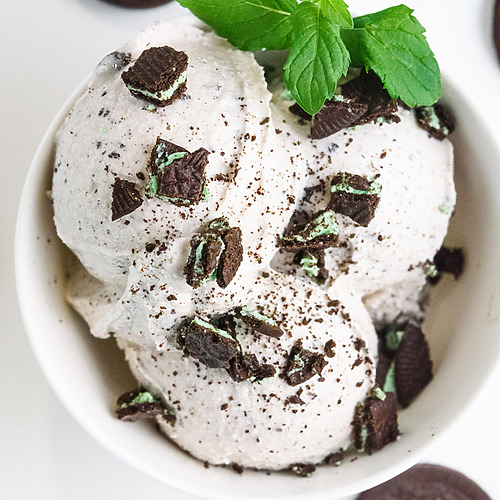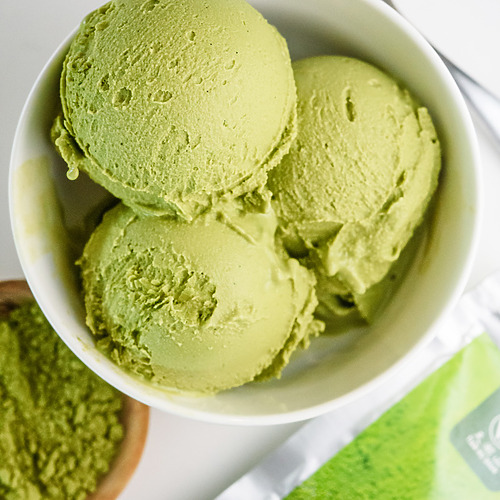This guide will go over how to raise a monarch butterfly caterpillar which will eventually form a chrysalis and emerge as a beautiful monarch butterfly. As many people now know, monarch butterflies are on the international endangered list and face so many predators before they even have an opportunity to become a butterfly. As a result, there is a small growing community that has stepped in to give the monarch butterfly caterpillar a helping hand.
If you are considering raising a monarch butterfly caterpillar or several, this guide will tell you everything you need to know so you can do so responsibly and ensure healthy monarch butterflies are released back into nature.
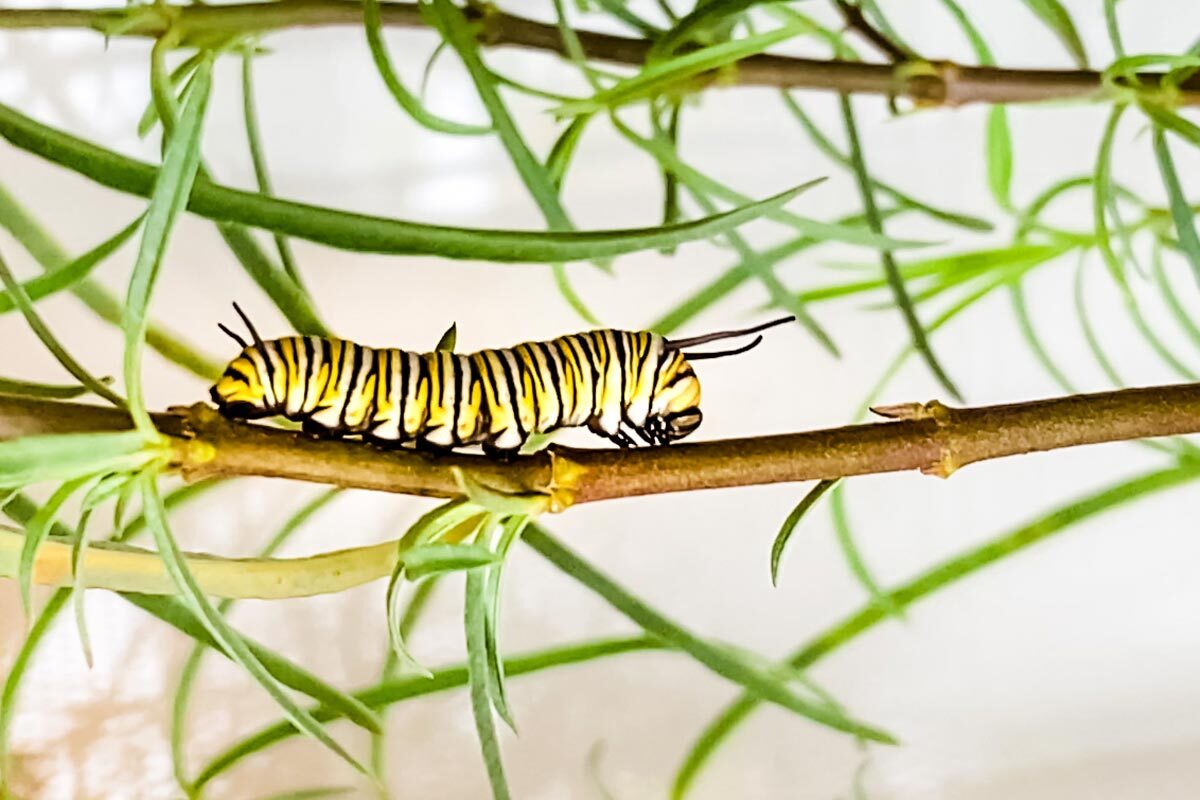
Raising monarch butterflies is a serious undertaking and if not done correctly can become completely overwhelming. A monarch butterfly can lay well over 50 eggs just on one plant. Sadly, even with this many eggs, only 5% – 10% of monarch butterfly caterpillars actually make it to become butterflies. This is something I learned the hard way.
When I first heard of the decline in the monarch butterfly population, I immediately wanted to help. I was in the middle of designing the landscape for my home and decided to turn the back into a butterfly and hummingbird garden with pollinator-friendly plants and of course Milkweed. If you want to help the monarch butterflies, the best course of action is to first include plants that the butterflies can nectar from.
- What do Monarch Butterfly Caterpillars Eat?
- Should You Grow Milkweed in the Garden?
- Should I Plant Tropical Milkweed
- Tropical Milkweed and the OE Parasite
- Monarch Butterfly Caterpillar enclosure
- Start from eggs
- How to clean milkweed leaves
- Sanitizing with Bleach
- Moving the monarch butterfly caterpillar to a larger enclosure
- Cleanup Tips and Hacks
- When do Monarch Caterpillars form their chrysalis?
- What to do when the Monarch Caterpillar emerges as a Monarch Butterfly
- Testing for the OE Parasite
- How to reduce and mitigate the OE parasite
- Discover More Gardening Articles

What do Monarch Butterfly Caterpillars Eat?
Monarch butterfly caterpillars eat a plant called Milkweed which comes in numerous different varieties. Certain varieties are specific to different geographical regions. For example, California has native narrow leaf milkweed, while more eastern regions have common milkweed. You can try to grow milkweed from seed or purchase from a nursery, ensuring they do not use any pesticides on the milkweed.
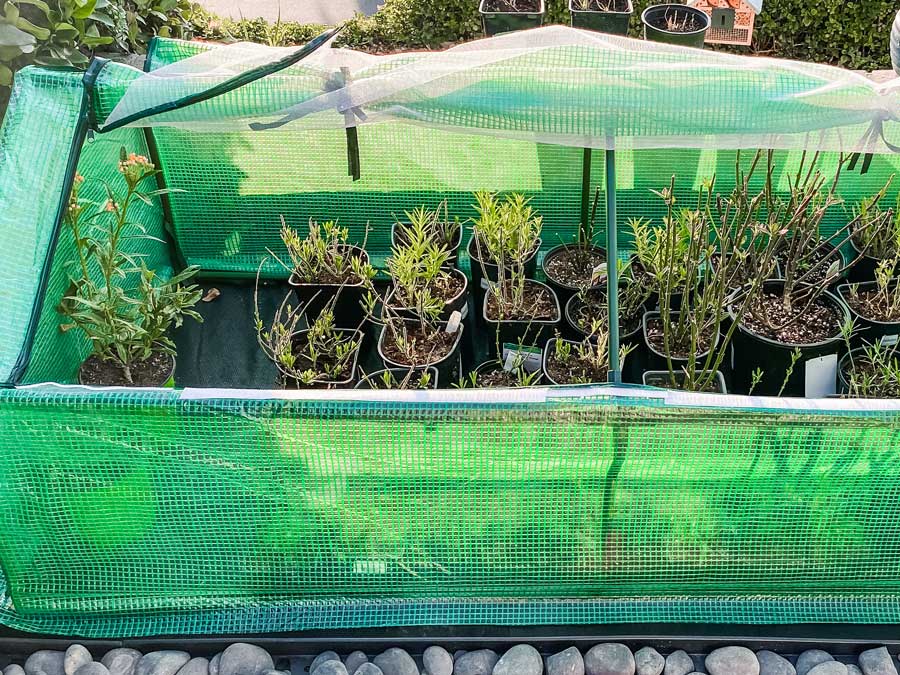
Should You Grow Milkweed in the Garden?
If you decide to raise monarch butterfly caterpillars, my first piece of advice is to only have a few plants in your actual garden and to have additional plants covered or in a greenhouse to use for food. This is because the number of monarch butterfly caterpillars you have will likely far outweigh the amount of milkweed you have.
This will lead you to run to the nursery for more milkweed plants or have monarch butterfly caterpillars that you cannot feed. I only have 2 milkweed plants in my landscape and around 30 milkweed plants in a small greenhouse which are used just as a food source. With only 2 plants, I have released over 150 Monarchs this summer so far.
Should I Plant Tropical Milkweed
Tropical Milkweed is a culprit of spreading a parasite called OE which is harming the Monarch Butterfly population. It can cause them to have deformities, die before enclosing, and die prematurely. It is also easily transmissible so when a Monarch Butterfly lands on the milkweed, the parasite is shed onto the leaves, which the monarch butterfly caterpillar then eats and is infected with.
Tropical Milkweed and the OE Parasite
Tropical Milkweed does not die back on its own and needs to be cut down several times throughout the year so leaves containing the OE parasite are disposed of and fresh leaves can grow. Milkweed also has seed pods that spread very easily. For this reason, it is best to only plant native milkweed in the ground.
Tropical Milkweed can however still be used as a food source. The monarch butterfly caterpillar will eat both the leaves and seed pods. Just keep it covered so no butterflies can land on it and the seed pods do not spread.
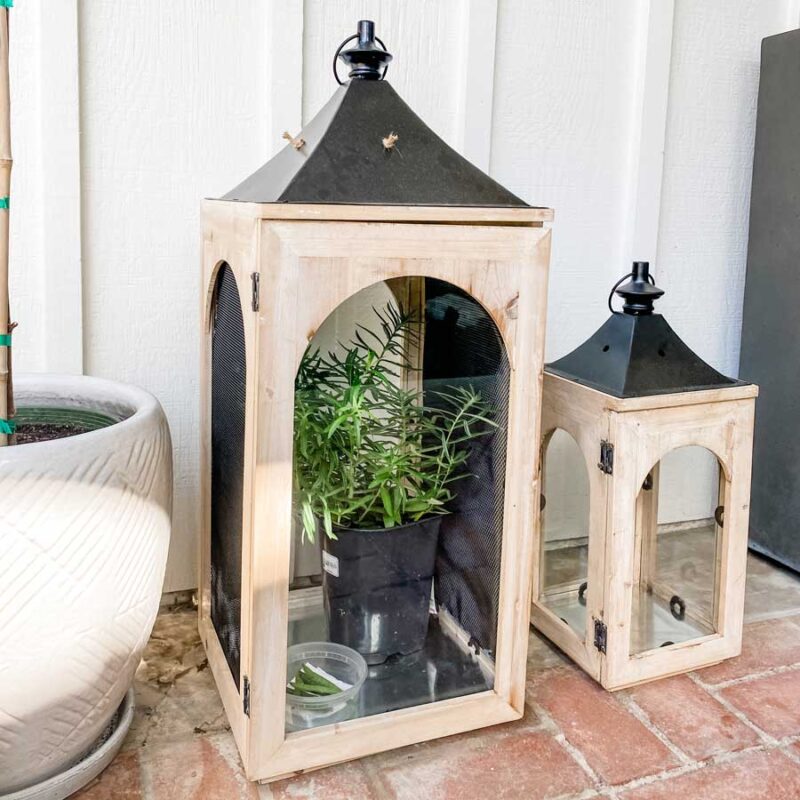
Monarch Butterfly Caterpillar enclosure
When I first started seeing monarch caterpillars on my milkweed, my first instinct was to let nature take its course. I soon learned, however, just how cruel nature could be. None of the caterpillars survived. Almost all were infected by the Tachinid Fly which lays eggs that burrow into the caterpillar only to eventually emerge as maggots.
If you see your monarch butterfly caterpillar hanging upside down with a tiny white string emerging from it, it has been infected by the tachinid fly and there are maggots inside of it.
The monarch caterpillars also face a wide variety of other predators such as wasps, lizards, birds, and diseases. For this reason, many choose to house their Milkweed plants in an enclosure and Tupperware containers which keep the monarch caterpillars safe.

Start from eggs
I start raising the monarch butterfly caterpillar from an egg by collecting them off the milkweed and placing them into these clear Tupperware containers. These containers are great because they have built-in ventilation on the lids. Each day I replace the paper towel and add fresh, cleaned milkweed leaves.
By the way, these containers are also amazing for produce and keep veggies and fruit from spoiling for weeks!
How to clean milkweed leaves
There are two ways you can clean your milkweed leaves. Most people just rinse them with water, dry them with a paper towel, and put them in the Tupperware.
Sanitizing with Bleach
If you want to be extra safe, mix a bleach and water solution with 1 parts bleach to 10 part water. Spray the leaves with the bleach solution, rinse with water, dry, and then add them to the container.
I keep a mix of this bleach solution on hand at all times and use it to sanitize the leaves, outside of the plant containers, to clean the enclosures, and all tools used to handle the monarch caterpillars such as the flathead paint brush, tweezers, and vacuum nozzle.

Moving the monarch butterfly caterpillar to a larger enclosure
Once the monarch caterpillar has grown, I place it into a larger enclosure. I grab a fresh milkweed plant from the greenhouse, rinse it with water, add fresh soil to the very top and place it into the enclosure. Then using a flat-head paintbrush, I move the caterpillars onto the new plant.
Each time the caterpillars completely eat one of the Milkweed plants, I sanitize it by spraying the outside of the container with the 10 to 1 bleach solution. Then I scoop out the top layer of soil with the frass and replace it with fresh soil.
Some people keep the frass as “fertilizer”. Please do not do this. The frass can harbor bacteria and is prone to growing mold. It is best to remove and put a fresh layer of soil since the monarch caterpillars will likely be crawling over it.
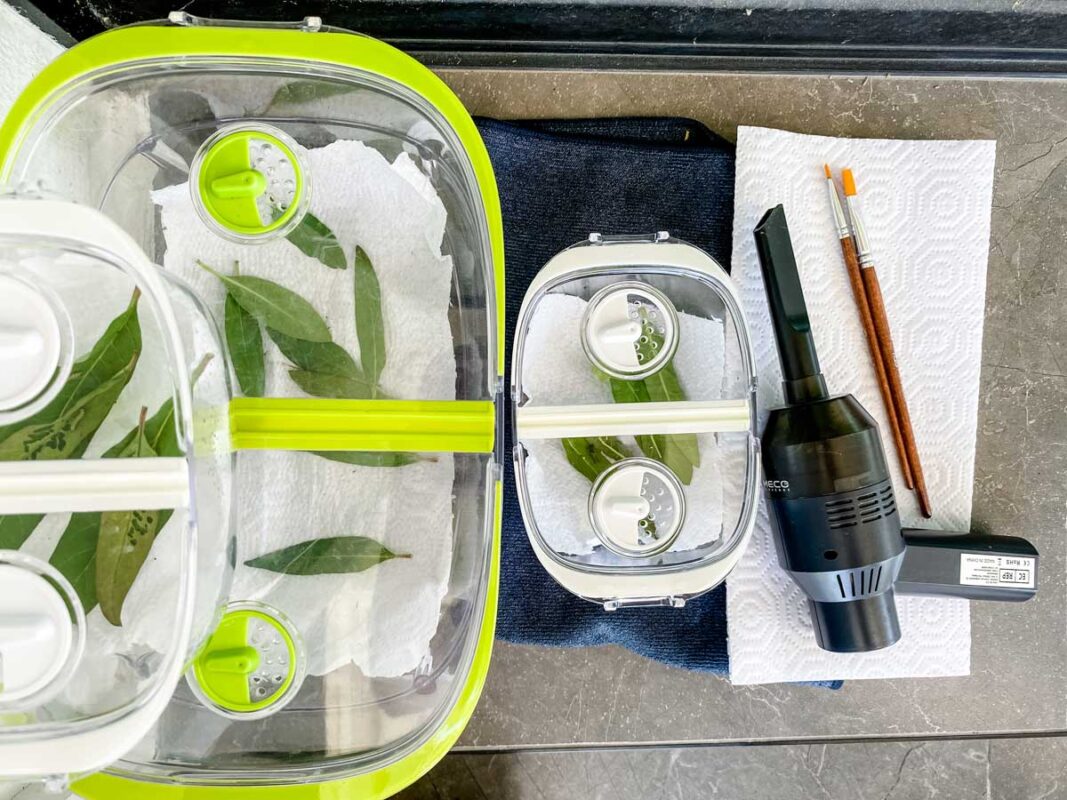
Cleanup Tips and Hacks
If there are several caterpillars in an enclosure, I use a keyboard vacuum to clean up all the frass (poop). Then remove the bottom, spray with the bleach solution, rinse, dry, and put back.
Halfway through the season and at the end of the season, I spray the entire enclosure with the bleach solution, rinse with water, and let dry. Of course, make sure all of your caterpillars and plants are removed and there are no hanging chrysalides. I do this by having a second enclosure and raising the monarch butterfly caterpillars in batches of usually 20-30.
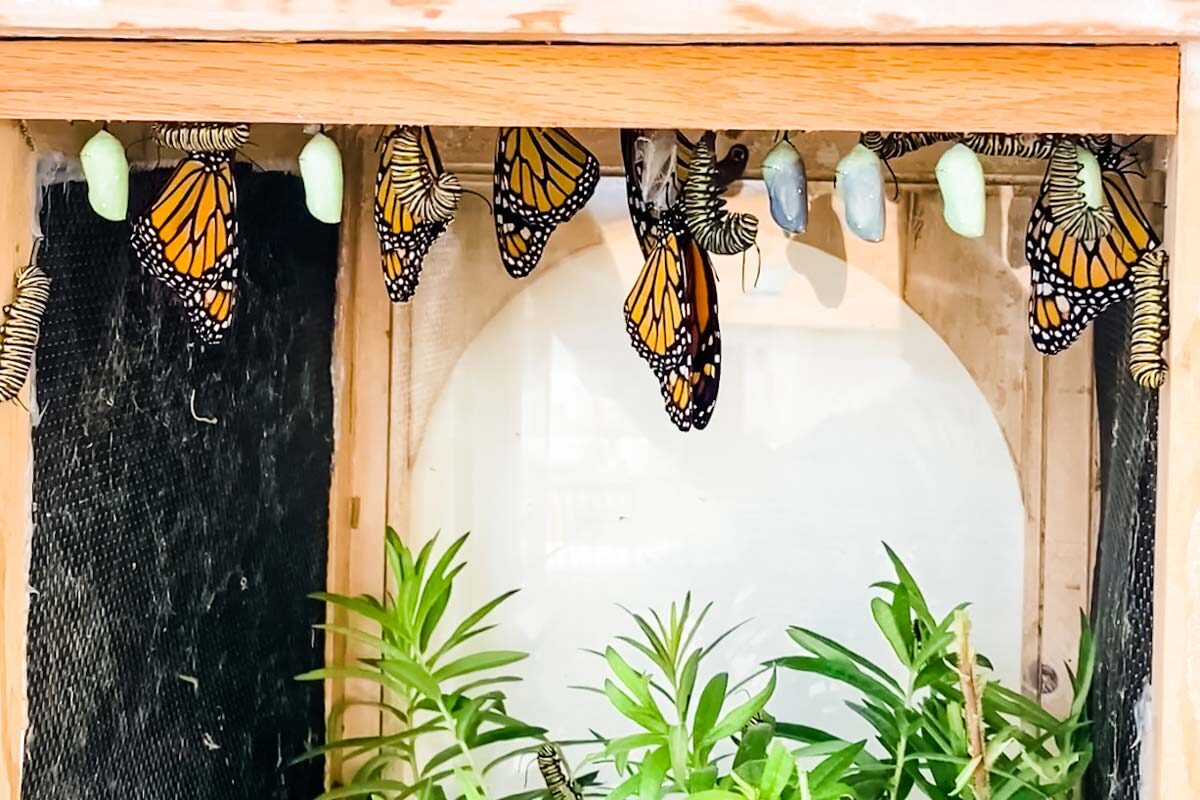
When do Monarch Caterpillars form their chrysalis?
When the monarch caterpillars have fattened themselves up, you will notice they will crawl to the top of the enclosure and search for the perfect spot to form their chrysalis. They will hang out in the same spot for about a day while they are placing a “silk button” which is the strong heavy silk that will keep them in place as they hang upside down.
One thing you will notice is that the caterpillars like to hang right next to each other which I always find very beautiful. They are pretty good about navigating around each other and for the most part I leave them alone. The only time I interfere is when a caterpillar is in the process of forming a chrysalis.
When they’re ready, they will hang upside down in a J shape for about 2 days. Then their skin will split as they form their bright green chrysalis. Once they start spinning to form their chrysalis it can be a full 10-15 minutes until it is completely formed.

What to do when the Monarch Caterpillar emerges as a Monarch Butterfly
It typically takes about 14 days for the monarch butterfly to emerge from its chrysalis. You will see that the bright green chrysalis turned completely translucent and shows looks black with the monarch butterfly wings showing. Once you see this, they could emerge at any minute.
It is incredibly important that the butterflies have something to hang from when they emerge. They will typically grab onto the shell of the chrysalis to hang and dry their wings. Their wings are incredibly fragile and they only have about 10 minutes to dry their wings in place. For this reason, if a butterfly falls and is not hanging upside down, you need to intervene as quickly as possible.
If a butterfly falls when it closes from its chrysalis, gently grab it and try to put it back on any side of the mesh container. It will crawl back to the top. When we have monarchs that are about to emerge, we check the enclosure every few minutes to intervene if necessary. Luckily we work from home and are able to do this.
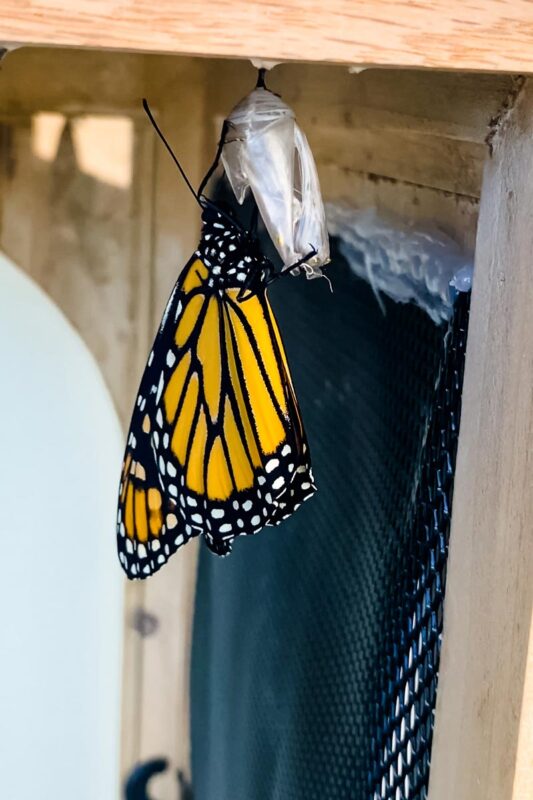
Testing for the OE Parasite
If you are concerned about OE, many people who regularly raise Monarch Butterflies, test each butterfly for OE before releasing. If a butterfly has too much OE, they euthanize it. To test a butterfly for OE, you can purchase an inexpensive small microscope on amazon. Use a small piece of scotch tape and press it gently on the underbelly of the butterfly. Then look under a microscope for these tiny purple speckles.
Now it is part of nature for butterflies to have a very small amount of OE, but a very large amount is concerning.
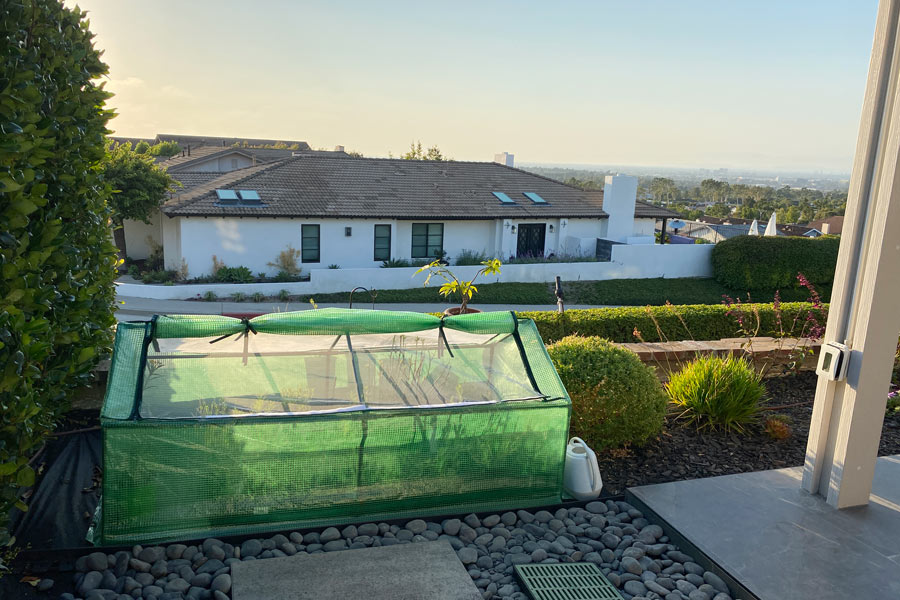
How to reduce and mitigate the OE parasite
There are a few ways to help mitigate your Monarch Butterflies being released with OE. For one, this is why I feed all of my caterpillars fresh leaves from plants in a greenhouse that have had no contact with butterflies landing on them.
If a butterfly has OE, they spread it to the leaves of the Milkweed each time they land. The caterpillars then eat the milkweed leaves and become infected. So I find it best to completely avoid this.
Remove the eggs from your outside milkweed or find the monarch caterpillars when they are as small as possible and raise them in containers. This way they are not eating from leaves that could be infected.
Bleach your eggs, which we went over in this previous article on Monarch Butterfly Eggs with a step-by-step of the process.
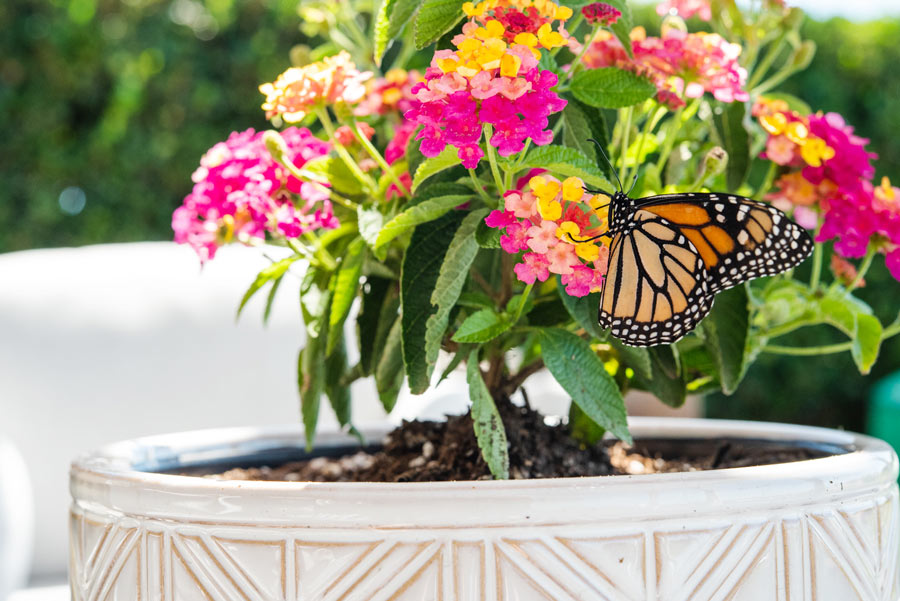
Avoid planting Tropical Milkweed in the garden. If it is already in the garden, replace it with native milkweed or remove the leaves at least once in October. I prefer to remove the leaves twice, once around July and again in October.
Use a separate enclosure for the chrysalises to emerge and don’t let the Monarch Butterflies emerge over feeding monarch caterpillars. Some people choose to have two enclosures and rehang each chrysalis. This is because if a butterfly is infected with OE, it won’t spread it onto feeding caterpillars when it closes.
I personally do not like to move the chrysalises unless absolutely necessary so I focus on sanitization and feeding only fresh milkweed to my caterpillars. This is also a good reason to sanitize your eggs.
This is the overall process for raising a monarch butterfly caterpillar in an enclosure. You can visit the complete list of items I use at my list of “What you’ll need to raise monarch butterflies“.
I will be writing the next article on troubleshooting various issues that could arise. If you sanitize everything properly and control the number of monarch butterfly caterpillars you’re raising, it should be a very enjoyable and seamless process that is so incredibly rewarding.
If you have any questions, please do not hesitate to ask.

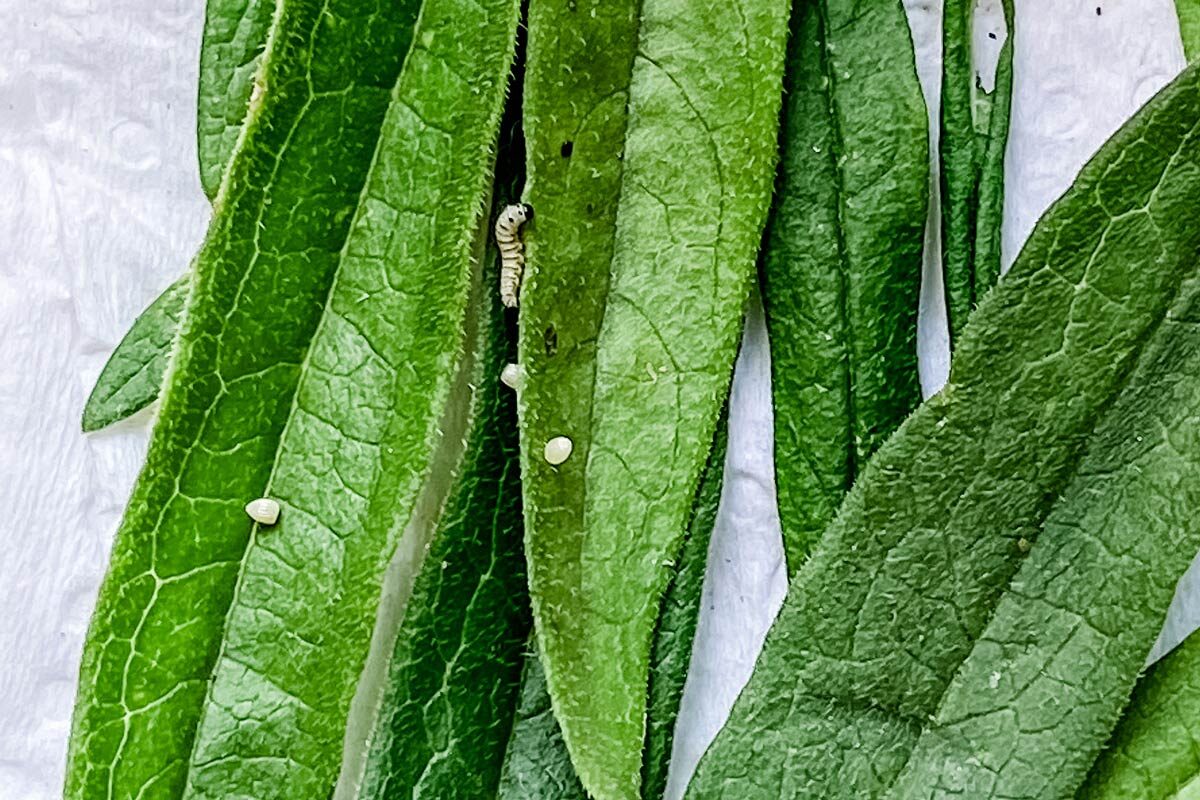
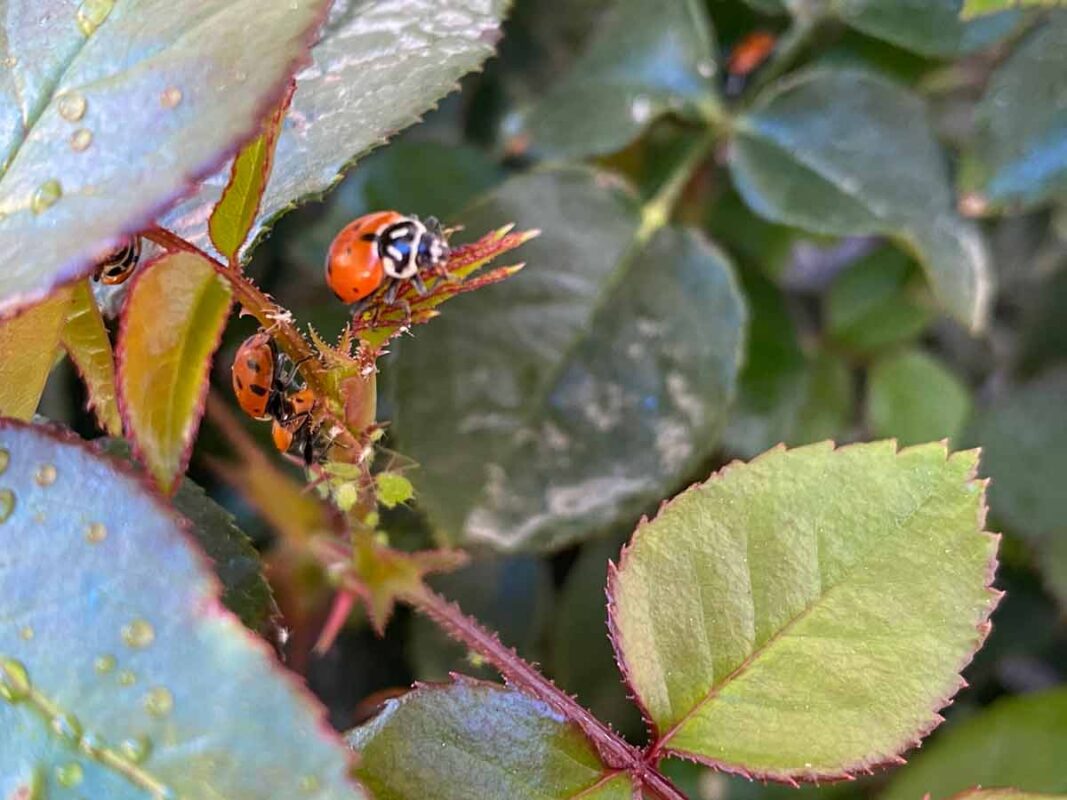

 Sondra Barker
Sondra Barker

